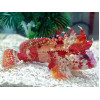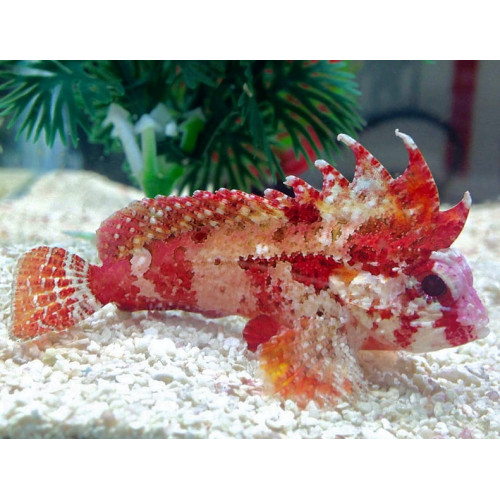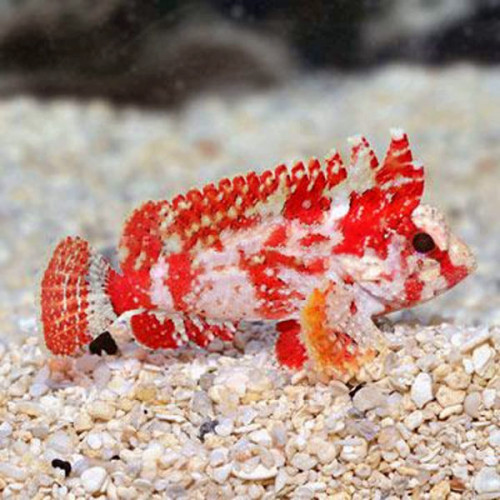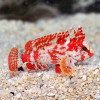Bandtail Waspfish (Paracentropogon Zonatus)
Found cheaper?
Enter a delivery address
Description
2298, Bandtail Waspfish (Paracentropogon Zonatus), , $77.00, Bandtail Waspfish (Paracentropogon zonatus), Fish, Fishes
Reviews 0
-
There are no reviews for this product.
FAQ 0
-
No questions yet
How do we ship
Warranty Terms




